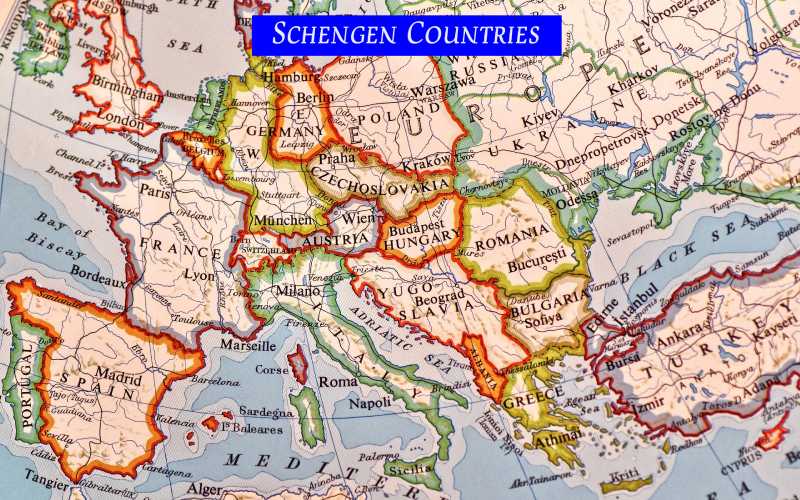Romania and Bulgaria became members of the Schengen Area, the European Union’s passport-free travel zone, on Jan. 1, 2025. It is one of an expanding number of places in Europe that can be visited with a Schengen visa, and won’t have internal border controls when people travel to visit the two countries.
Overview of Schengen Area Expansion
The Schengen Area, introduced in 1985, allows individuals to travel freely within member countries without having to present a passport or undergo internal border control. Combined, Romania and Bulgaria are 29 countries in the Schengen Area.
Romania and Bulgaria joined the European Union in 2007, and they have been seeking full membership in the Schengen zone ever since. The price, and delays in their accession set in for various reasons, like concerns among some current Schengen countries about protection against border and illegal migration. Land and maritime migration with these countries was eventually eased in March 2024, and once more on 1st January 2025 along the land border, signifying the final hurdle for their full integration into the Schengen Area.
Implications for Travelers
1. Tourist Visa Information, Schengen visa
Holders of Schengen visas will also be able to enter both Romania and Bulgaria, as well as other EU Member States. This allows stays of as much as 90 days within any 180-day interval for tourism, business or household visits to all of the Schengen international locations within the Schengen space. It involves submitting an application at the consulate or embassy of the destination country (where the applicant will spend most of their stay) for a national Schengen tourist visa, and providing supporting documents (such as accommodation, travel insurance, and proof of financial means) for visa approval.
It would ease the movement of tourists through Romania and Bulgaria and also through other Schengen member Schengen Countries without the need for additional visas or internal border crossings.

2. Changes to Border Crossing and Travel Policy
Border checks will no longer be required when travelers enter from Romania and Bulgaria into other Schengen states. But do ensure that you have something on hand that identifies you, whether that’s a passport or some type of national ID card, as authorities can stop you and request to see it as you move about the Schengen Area.
But the external borders of Schengen are tightly controlled.
Benefits for further expansion of Schengen
Membership of Romania and Bulgaria in the Schengen Area would yield multiple benefits:
Make Travel More Enjoyable: This also makes travelling much more enjoyable for tourists and business traveller who are now no longer required to worry about disruption but can travel carefree in much larger geopolitical area which also add to the experience.
Economic Boost: The lifting of travel bans will spur tourism and commerce in Romania and Bulgaria.
Strengthening Security Cooperation: With the accession to Schengen, Romania and Bulgaria can better coordinate their security efforts, enhancing overall security of the region.
Future Considerations
The ETIAS, or European Travel Information and Authorisation System, is expected to launch in 2025. It will be part of a system that will obligate visa-exempt travelers to tip them off in advance that they want to get permission to enter traveling Schengen states.
Conclusion
For many passengers travelling across some of the region’s member states, the accession of Romania and Bulgaria to Schengen is a new chapter for European travel, bringing new freedom of movement.
